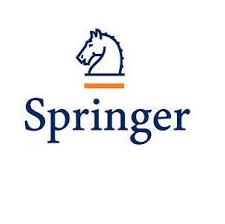4. Conclusions
We performed a series of pseudo-static Discrete Element (DE) and finite difference analyses (FD) to evaluate the effect of joint on the seismic response of circular tunnels. Joint parameters modeled include tunnel-joint intersection location, joint spacing, joint stiffness - strength, joint dip, and shear strain level. The properties of the joint were estimated from a comprehensive literature review. The effect of various joint parameters on the calculated thrust and moment are quantified. The ratio of the thrust and moment from DE to those from FD are calculated and compared. The joint parameters are revealed to have important impact on the calculated moment, whereas they have secondary influence on the thrust. The joint stiffness and strength have the highest influence on the moment. The tunnel response increases with joint spacing. It is largest for widely spaced joints, because of a concentration of deformation along the joint. For closely spaced joints, the response becomes similar to a continuum analysis. The tunnel-joint intersection location and joint dip are shown to have relatively lower influence on the tunnel response compared with the joint stiffness and strength. Joints intersecting the tunnel at the shoulder results in the largest thrust. The joint set dipping at 45° results in the lowest moment, because the largest shear stresses are applied to the vertical and horizontal planes for vertically propagating shear waves. Because a highly concentrated pulse-like moment develops due to localized joint deformation, the tunnel is highly susceptible to small-scale crack development. Prediction of this type of localized crack may be important for critical structures such as underground nuclear facilities.








